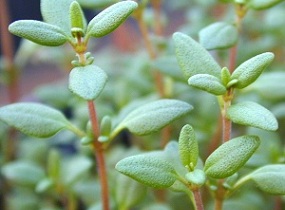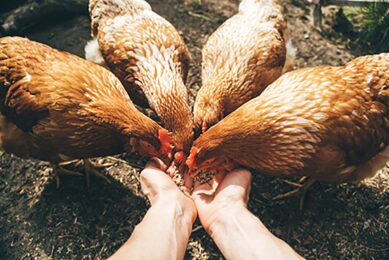Natural antimicrobial-treated MAP extends poultry shelf-life

A combined chitosan and thyme treatment with modified atmosphere packaging (MAP) can extend the shelf-life of ready-to-cook poultry products, according to new research.
Scientists from the University of Ioannina, Greece, found the dual application of the substances under MAP conditions curbed the growth of bacteria, inhibited lipid oxidation, and maintained the visual and sensory quality of the meat.
The study, Combined Chitosan-Thyme Treatments with Modified Atmosphere Packaging on a Ready-to-Cook Poultry Product by V Giatrakou et al, has been published in the Journal of Food Protection.
Using fresh chicken-pepper kebabs, the team evaluated the performance of natural antimicrobials chitosan and thyme. A problem with the poultry product, said the paper, was its “relatively short shelf-life of 6 days”. A further issue is the high initial microbial load often found in the meat, which may occur because of initial contamination of raw material, tainting associated with preparation, as well as possible hygiene issues in processing facilities. Processors were not only faced with the challenge of extending shelf-life but also with the need to develop new preservation methods using “natural additives” in response to consumer demand, said the study.
Research results
The research evaluated the shelf-life of the poultry under 5 separate conditions: a control stored under anaerobic packaging; samples stored under MAP; ones treated with 1.5% chitosan (vol/wt) and stored under MAP, those treated with 0.2% thyme essential oil (vol/wt), and samples treated with 1.5% chitosan (vol/wt) and 0.2% thyme essential oil (vol/wt) and stored under MAP In all cases, the meat was stored at 4°C for 14 days.
The group found treatment with the combined chitosan-thyme material under MAP “significantly affected aerobic plate counts and counts of lactic acid bacteria, Pseudomonas spp., Brochothrix thermosphacta, Enterobacteriaceae, and yeasts and molds during the entire storage period”.
Lipid oxidation of the RTC product was similarly retarded in the chitosan-thyme product during storage. Redness of the product was maintained in all the three treated samples.
Shelf-life of the control was 6 days. The MAP treated with thyme and chitosan – both separately and together – extended shelf-life using taste sensory data, said the paper. Individual treatment of poultry with the natural antimicrobials doubled the meat’s shelf life to 12 days. Product stored with the combined chitosan-thyme treatment had a shelf-life of 14 days, where “acceptable sensory characteristics” were maintained.
The presence of chitosan and thyme, both individually and in combination, had a positive effect on meat flavour, said the research.
Source: Journal of Food Safety vol 73 No. 4. Combined Chitosan-Thyme Treatments with Modified Atmosphere Packaging on a Ready-to-Cook Poultry Product by V. Giatrakou, A. Ntzimani, and I. N. Savvaidis













